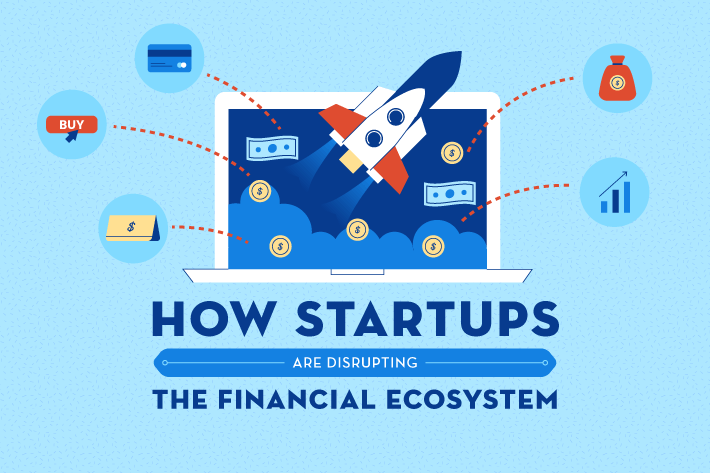
Small- and medium-sized enterprises are vital in the Southeast Asian economy. However, access to credit remains a pervasive concern.
SMEs account for anywhere between 88.8 per cent and 99.9 per cent of all establishments and employ 51.7 per cent to 97.2 per cent of the labour force in the ten countries that make up the Association of Southeast Asian Nations (ASEAN).
While such businesses are high in number, they contribute just 30 per cent to 53 per cent of the gross domestic products of the ASEAN-member states where they are located.
Clearly, the economic potential of these enterprises remains largely untapped. Perhaps the most notable barrier to SME growth in the region is the difficulty to access funds.
Unlike bigger establishments, SMEs usually have a harder time obtaining extra capital to accommodate more business opportunities and avoid constant negative cash flow. Since traditional financial institutions consider SMEs a risky bet, they usually can’t access credit unless they prove they have a ton of cash reserves and/or are willing to use valuable assets as collateral.
More often than not, SMEs in Southeast Asia have few to no reliable sources of funds outside the mainstream banking system. As a result, they normally have to turn to loan sharks, whose practices are generally unregulated and frowned upon.
Fortunately, tech startups are beginning to turn the tide. According to Fortunly’s infographic, financial technology (fintech) innovations, such as blockchain and open banking, are setting the stage for SMEs to find and take out loans with more favourable conditions.
Below are the three phenomena explaining why SMEs in the region are having easier access to credit now more than ever.
Alternative data analytics is enhancing credit-risk assessment
Scoring the credit risk of Southeast Asian SMEs has been an ultra-challenging task.
Such businesses typically lack sufficient credit histories because many of them do not formally transact with banks. Inadequate bank information usually leads to automatic loan rejection.
Also Read: Expat life: where to work if you want a career in FinTech ?
Several ASEAN countries, especially Cambodia and the Philippines, have been bridging the gap between unbanked/underbanked SMEs and enterprises with long-standing bank relationships.
Apart from creating national agencies to act as custodians of local consumer and business credit information, the Cambodian and Philippine governments have also been supportive of fintech startups that serve generally thin-file entrepreneurs.
In Cambodia, AGRIBUDDY directly helps rural farmers build their credit and use funds strategically for reinvestment. In the Philippines, First Circle gathers alternative pieces of data from smartphones and social networking sites to assess the credit risk of business owners more accurately.
Hometown investment trust (HIT) funds are becoming decentralised
SMEs stand to benefit from the integration of blockchain technology into HITs.
The Asian Development Bank believes that the use of a distributed ledger promotes transparency and trust, which are vital ingredients for attracting investors, from local villagers to peer-to-peer lenders from overseas, to take part in risky community-based projects or ventures by Southeast Asian SMEs.
HITs were used in Japan to fund green energy initiatives, including the revitalisation of a previously decommissioned 1914-constructed hydropower plant in Nara Prefecture after the 2011 Fukushima Daiichi nuclear disaster.
Seeing the success of the HIT funding model, Vietnam embraced the financing scheme. Malaysia and Thailand have also been considering the potential of HIT funds to fill the void left by their underdeveloped venture capital markets.
Open banking promises greater SME-lender connectivity
Banks in Southeast Asia are going to share customer information with third-party financial service providers sooner rather than later. After Europe’s acceptance of open banking, the region has made the first steps towards embracing the trend.
Singapore has taken the lead in open-banking adoption on this side of the world. Although the Lion City has decided not to use a mandatory approach, its government itself has launched its own API (application programming interface) Exchange to allow national agencies to share data with each other more easily and securely.
The move of the Singaporean authorities already inspired the traditional players in the financial industry to collaborate with fintech startups to roll out partnerships based on open APIs. Singapore has built a Financial Industry API Register to track and categorise APIs as they are launched.

Since Southeast Asian banks are expected to upgrade their IT infrastructure for open banking organically, it is only a matter of time before SMEs will be able to use online platforms to shop around for commercial, financial products with better terms and conditions.
Also Read: Fintech and banks: collaboration or competition?
The rosy economic projections of ASEAN-member states are sustainable only if their local business environments are conducive to SME growth. With fintech, poor access to credit will (slowly but surely) become a thing of the past, and most establishments in the region can look forward to a more exciting future.
–
Editor’s note: e27 publishes relevant guest contributions from the community. Share your honest opinions and expert knowledge by submitting your content here.
Join our e27 Telegram group here, or our e27 contributor Facebook page here.
Image Credit: Armando Arauz
The post How FinTech is making credit more accessible for Southeast Asian SMEs appeared first on e27.